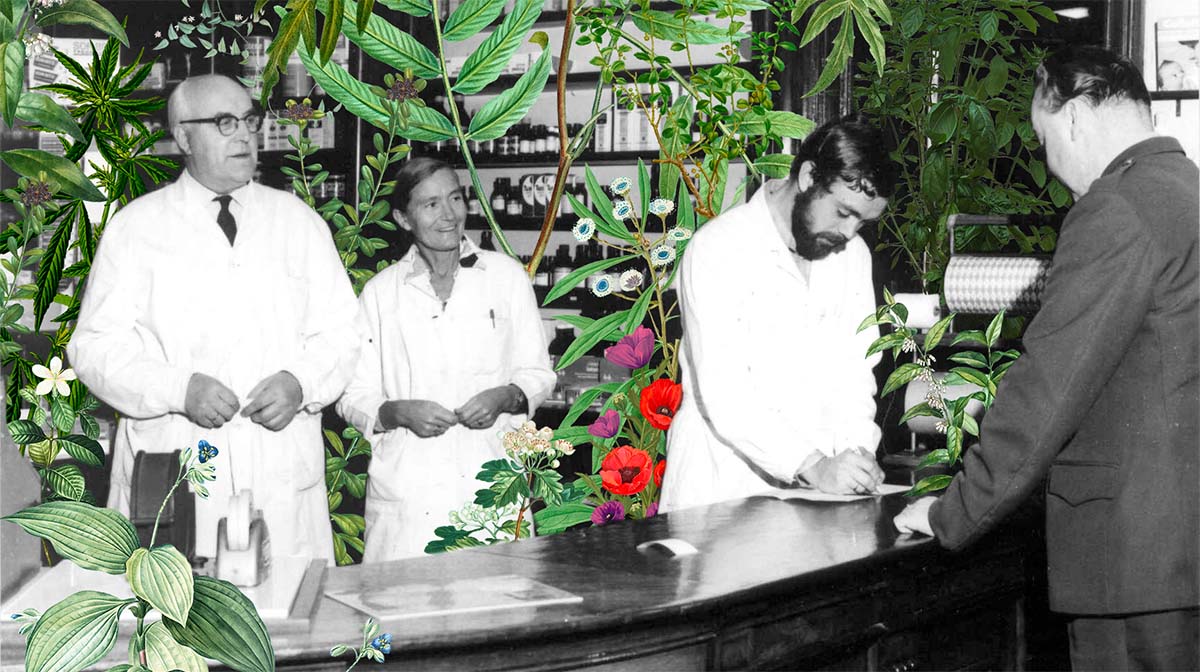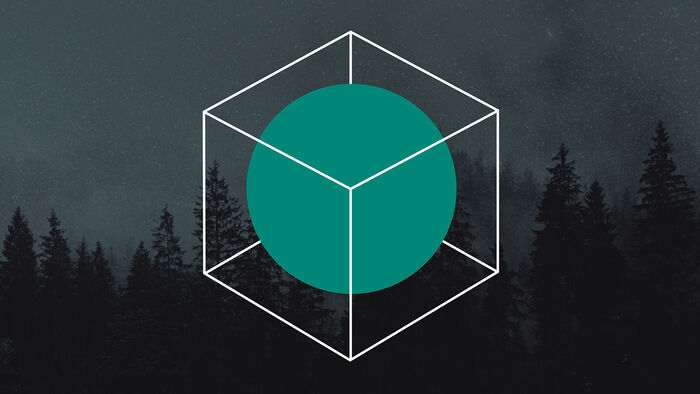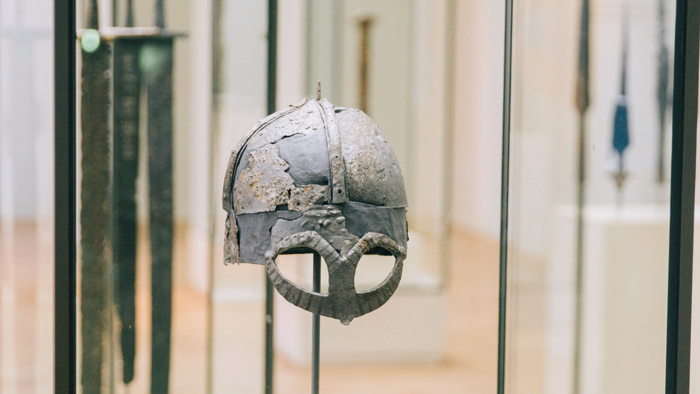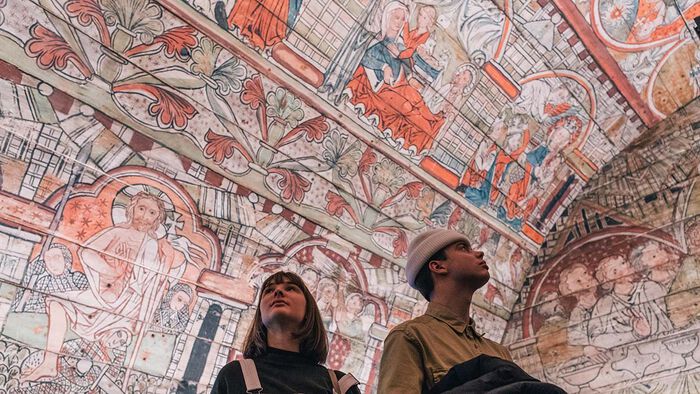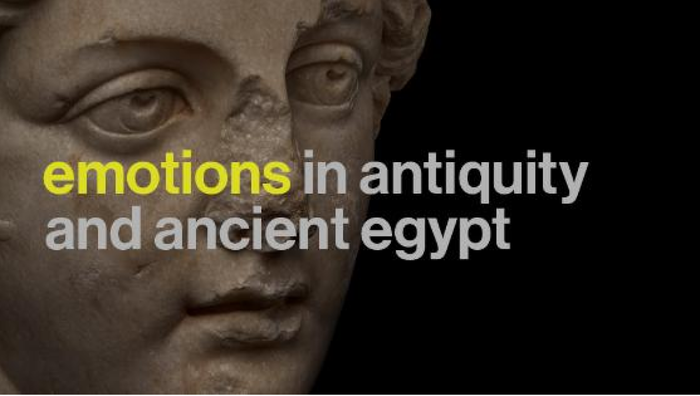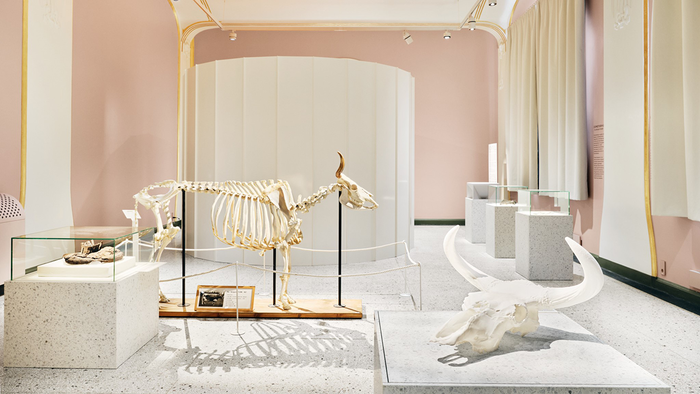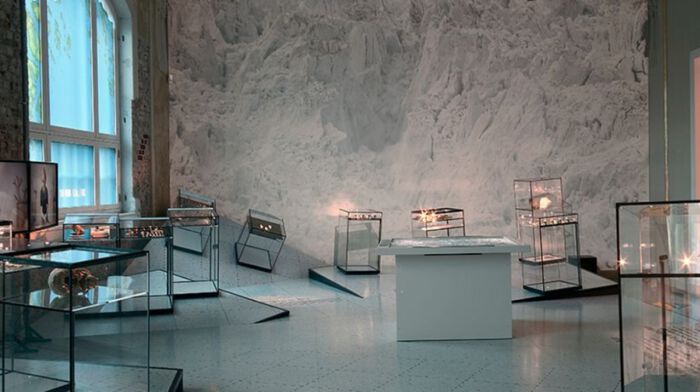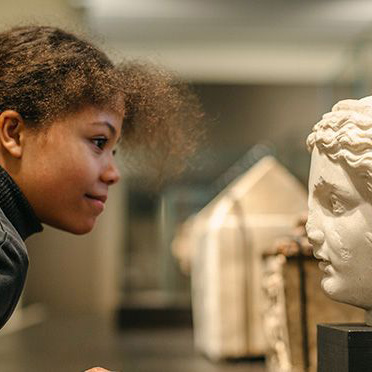Student exhibition:
3-26 March 2023
The exhibition has toured to Aukrust Gard & Urteri in Lom, Norway and is available 20 June-15 October 2023
Whether it is the tea you drink when you feel a cold brewing, or the morphine you get in a hospital bed, they both originate from the diverse world of plants. This exhibition shows how medicinal plants have been used historically to cure diseases and how we might find ourselves in a medical renaissance.
The «Plant medicine: Belief and knowledge» exhibition has been created by first-year-students at Museology and Cultural Heritage at the University of Oslo. The exhibition has its origins in the interdisciplinary research project «REA:Life» at the University of Oslo. The research project examines ways in which new technology can be used to study how traditional and partly forgotten plant medicine worked, and how this knowledge can be used to create new medicine.
The «REA:Life» project has inspired the students to make an exhibition about plant medicine, and how its knowledge can play an important role in the development of modern medicine. The exhibition is divided in four themes that give insight into how plant medicine affects life and health across backgrounds.
Part 1
Through time and society, people have used plants hoping it can cure illness. Knowledge was preserved by many different groups – from monasteries to quacks, and everyday people – who documented the effect of plants in so-called black books. Large parts of traditional knowledge were rejected by modern medicine. However, we ask how old knowledge about plant medicine can be used to discover new medicine.
Part 2
You probably know what to do when your tonsils are sore. You hurry home and put on a kettle, because you know what granny said: Hot tea with honey! Or was it uncle who said to chew on a ginger root? We are not always aware of why and when we use plants in everyday life, but we still have a clue of what to do if something occurs. If you are uncertain, there is always good advice for those who ask. We have access to information that comes from somewhere or someone. Knowledge travels with time and people, generations through generations and along the way some gets lost. This does not mean the knowledge is gone, because although we might not remember everything, but we certainly know a lot.
Part 3
At some point in time someone decided wether or not a plant is considered to be medicine. Few examples are more obvious than the case of the opium poppy. The beautiful plant has helped people for thousands of years against pains and aches. However, opium has negative side effects and can lead to drug addiction. But we can find hope in Iboga, a mystical plant that is able to cure many of the unwanted effects of opium, though it too has deadly consequences. Where is the line drawn between illegal drugs and medicine, and who decides where it should be drawn?
Part 4
Few plants are such a multi-talent as the Angelica. Its uses includes food, spices, perfume, flavoring and of course medicine! It was considered a cure for just about everything between heaven and hell, literally! It’s named after the archangel, despite also being used for the most horrific forms of torture. Now, researchers are studying Angelica in their work to discover new medicine, so it is safe to say this angel has yet to spread its wings.
About the student exhibition
The exhibition has been created by sixteen master students at Museology and Cultural Heritage at the University of Oslo, in collaboration with the Museum of Cultural History. The exhibition is an exam where the students have five weeks to create everything from ideas to a finished product with an opening event. This gives valuable experience of the working environment of a museum, and all the different fields that collectively make up this exciting project.
Lift and accessibility to the 3rd floor
Please note that this exhibition is located on the 3rd floor of the museum, unfortunately there is no lift access to this floor. Read more about accessibility and museum facilities.
